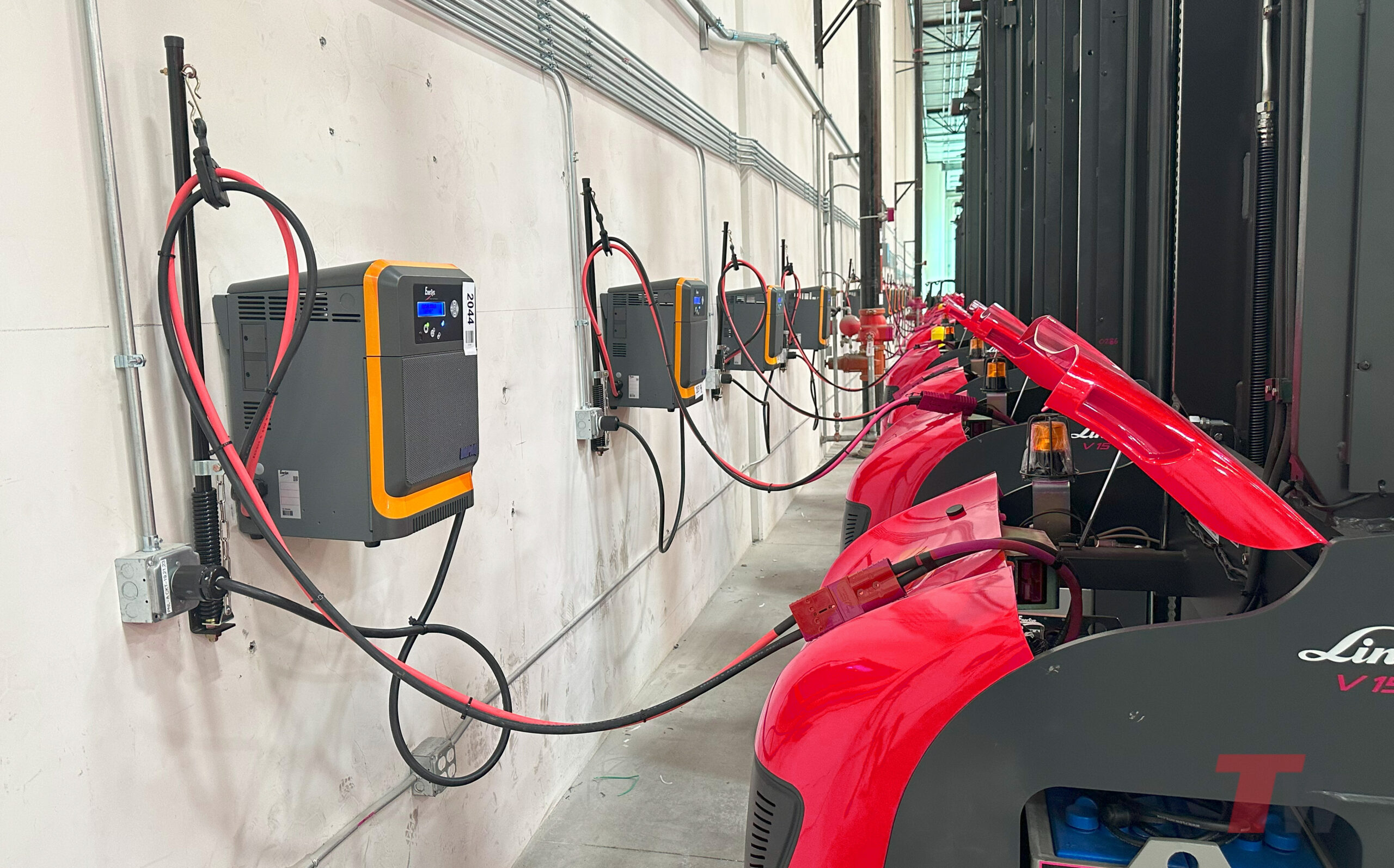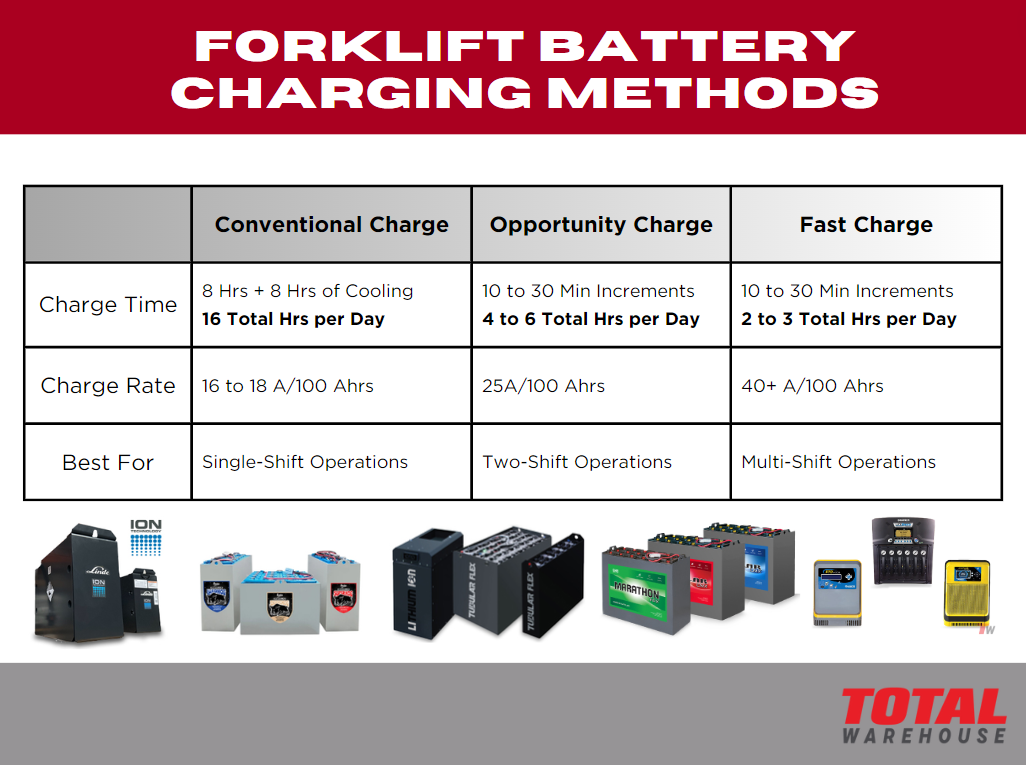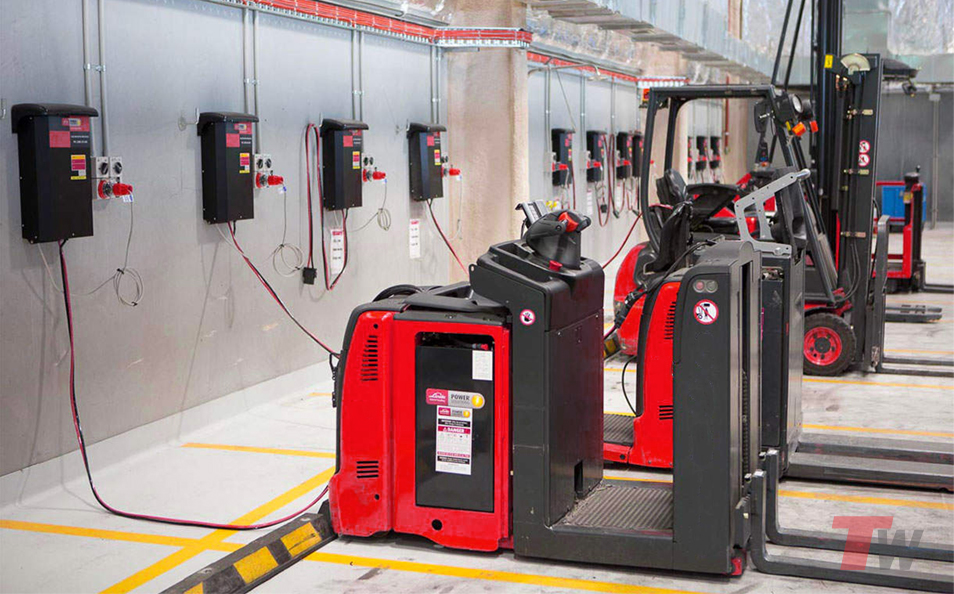Understanding Forklift Battery Charger and Forklift Charging System Basics

Forklifts play a vital role in warehouse material handling, facilitating safe and efficient movement of goods for storage, transport, and shipment. Their use not only saves time and money but also enhances safety for staff members.
Ensuring smooth warehouse operation requires reliable forklift battery chargers. Maintaining a dependable power source for your fleet of forklifts is essential for uninterrupted storage and shipment of goods. Regular maintenance of battery chargers boosts productivity and optimizes forklift performance.
Forklift Charging: Maximizing Efficiency and Performance
In any warehouse material handling operation, forklift chargers play a pivotal role, providing the necessary power for these essential vehicles to efficiently move heavy loads. A properly charged battery is crucial for ensuring the smooth operation of forklifts, directly impacting productivity and efficiency within the warehouse environment. Additionally, regular charging and maintenance not only extend battery life but also contribute to sustained performance and reliability of the entire fleet.
Understanding Battery Basics
A forklift’s battery constitutes roughly 30% of its overall cost, emphasizing the importance of proactive care and maintenance to maximize savings and longevity.
Each battery typically offers around 1,500 charges before its effectiveness diminishes, translating to an average lifespan of five years with daily charging.
Optimal charging occurs when the battery reaches 20-30% capacity, minimizing energy wastage compared to charging at higher levels.
Extreme temperatures significantly impact battery performance, with efficiency dropping notably above 92°F and below 30°F. However, specialized batteries designed for such conditions can maintain performance despite temperature extremes.
Different Types of Charging Systems
Conventional Charge
In conventional charging methods, batteries undergo an 8-10 hour charging period followed by an 8-hour rest period before being utilized over an 8-hour shift. This approach suits single-shift applications without the need for battery changes.
However, conventional charging doesn’t maintain a consistent charging rate throughout the entire duration. Typically, it charges the battery rapidly in the initial four to five hours, then reduces the amperage for the remaining period to stabilize the battery. For multi-shift operations, each lift truck requires two or three batteries to ensure continuous operation as batteries alternate between usage and cooling during charging cycles.
Fast Charge
Fast charging revolutionizes battery charging by delivering rates three to four times faster than conventional chargers, seizing every opportunity for replenishment during breaks within and between shifts. This approach can eliminate the need for additional batteries, streamlining operations and maximizing productivity.
Unlike conventional chargers, fast chargers maintain a consistently high charge rate throughout the entire charging process, avoiding the reduction of current that typically occurs. While this rapid charging method accelerates the charging process, it may lead to increased gassing and temperatures. Implementing an equalize charge once a week can help counterbalance sulfating, ensuring optimal battery performance over time.
Opportunity Charge
In industries with extended shift operations, opportunity charging emerges as a valuable solution, eliminating the need for frequent battery changes. Not only does it prolong the runtime of aging batteries, but it also restores lost capacity over time.
Furthermore, opportunity charging streamlines warehouse operations by eliminating the necessity for dedicated battery rooms, spare battery storage, and associated equipment. By minimizing travel time between worksites and battery rooms, it boosts productivity while reducing the risk of injuries from heavy battery handling.

Factors to Consider When Selecting a Forklift Charging System
1. Battery type
2. Battery voltage
3. Charging time
4. Charging specifications
5. Equipment utilization
6. Electrical infrastructure
7. Physical space for charging equipment

Total Warehouse Energy Solutions
In our commitment to providing comprehensive solutions for material handling needs, we offer a range of forklift battery chargers tailored to various environments, budgets, and battery types. Our selection includes dedicated fast and opportunity charging systems, along with CEC certified universal chargers capable of charging both lead-acid and lithium-ion batteries.
Total Warehouse are proud dealers for Linde, Big Joe, UniCarriers, and Landoll. We’ve helped countless businesses across the United States achieve lower maintenance, reduced costs, increased worker satisfaction, and increased economic sustainability by making the switch. Our team of highly knowledgeable experts can help you make the right decision for your business. Give us a call at 833-868-2500 or contact us online.


